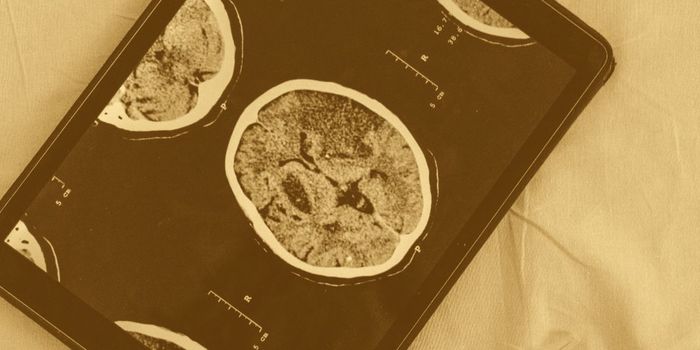Inflammatory Cells Transformed Into 'Beneficial Weapons' To Heal Brain Damage
Specialized immune cells called neutrophils are the first responders to invading pathogens, releasing toxic chemicals and recruiting other immune cells to help. But when neutrophils are called to the brain where there’s intracerebral bleeding but no infection, their toxic chemicals make the brain injury worse.
From the University of Texas Health Science Center at Houston (UTHealth), scientists discovered that neutrophils could be transformed from harmful instigators into “chemical weapons” to help people recovering from hemorrhagic stroke, which causes bleeding in the brain.
"This is one of the first discoveries showing that you can train neutrophils to act as friendly cells,” explained senior author Jaroslaw Aronowski, MD, PhD.
Hemorrhagic stroke occurs when a weakened artery inside the brain leaks or ruptures into the tissue, compressing the brain and causing damage. Arteries rupture either due to aneurysm, a weak area in the blood vessel that bulges until it ruptures, or arteriovenous malformations, abnormally formed blood vessels that are prone to rupture.
After ischemic stroke, hemorrhagic stroke is the second most common type of stroke, causing 13 percent of all strokes. Half of all hemorrhagic stroke patients die within the first two days.
The breakdown of red blood cells during hemorrhagic leads to iron toxicity, ultimately resulting in oxidative stress, inflammation, and continuous cell damage. However, neutrophils are capable of releasing lactoferrin, which binds iron. Meanwhile, the brain and spleen release interleukin-28, a chemical messenger that relays this message to neutrophils: produce even more lactoferrin.
Alongside manipulating neutrophil activity in the brain with interleukin-28, Aronowski and his team believe that treatment with lactoferrin could be a super effective new therapeutic approach to treating hemorrhagic stroke.
“We've adapted how the body already responds naturally but it can take 12 to 18 hours for the signal to turn them from damaging neutrophils to the beneficial cells that release lactoferrin and by then, it can be too late,” Aronowski explained.
Now, the team is working on creating an even better form of lactoferrin that can cross the blood brain barrier to bind iron even faster and more effectively.
The present study was published in the journal Nature Communications.
Sources: American Stroke Association, University of Texas Health Science Center at Houston









